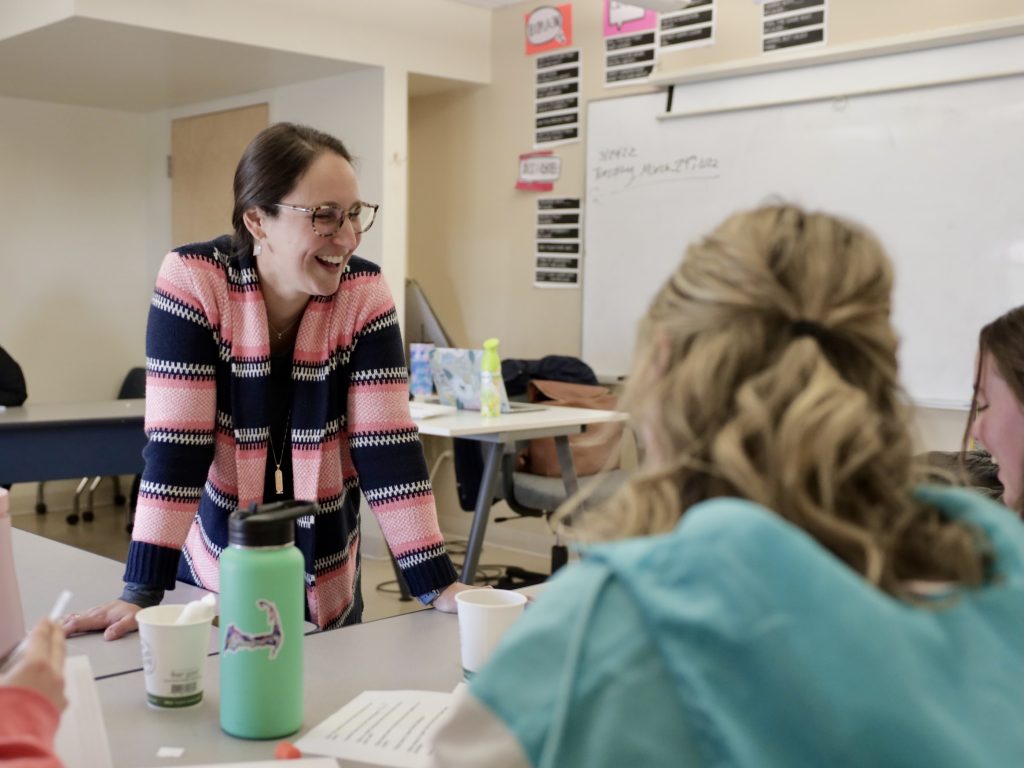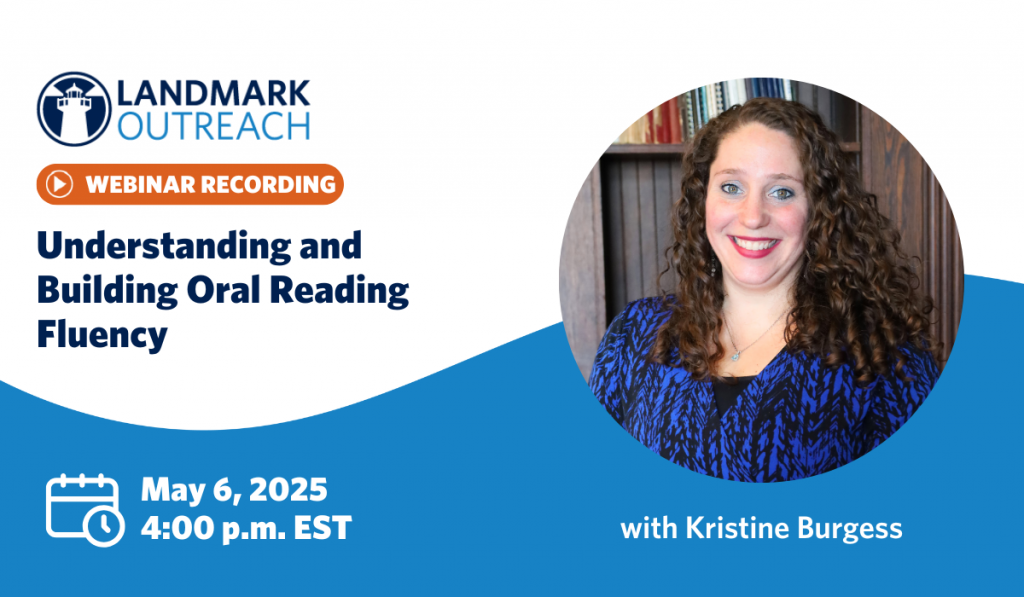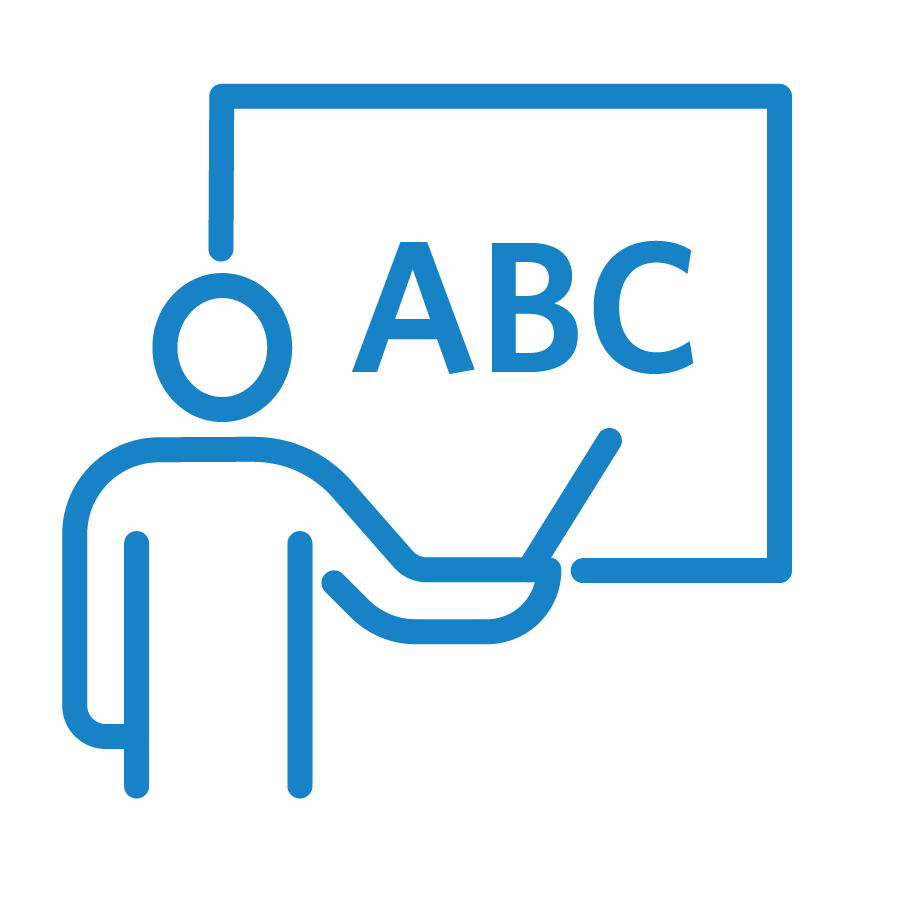Filter resources by:
Select a filter from the drop down menu to apply the filter. Page reloads upon selection

Aug 8, 2025
Must be logged in
Executive Function: A Guidebook
Executive Function (EF) is a set of mental processes that helps us manage our thoughts, actions, and emotions to achieve goals. According to Newhall (2014), it enables us to plan, start, and finish tasks. It helps us focus, control impulses, monitor and adapt behaviors, and stay on track to get things done. Renowned executive function
View Resource
Jul 8, 2025
What is Dyslexia?
Let’s break this definition down piece by piece. Specific Learning Disability Specific learning disability (SLD) is a category taken from the federal legislation–Individuals with Disabilities Education Act (IDEA, 2004)–that guides decisions regarding who qualifies for special education services. There are 13 disability categories under IDEA of which SLD is the most common. SLD is defined
Read Strategy
Jun 30, 2025
Language-Based Classroom Environment
Specialized language-based instruction is explicit, systematic, and sequential: Specialized: Instruction is intentional and individualized. Rooted in a deep understanding of neurodevelopmental variation, it is individualized and tailored to a student’s unique strengths, challenges, and learning profile. Explicit: Teachers clearly define concepts, model strategies, state learning goals, and scaffold routines. Students are taught how to learn,
Read Strategy
Jun 26, 2025
Self-Reflection and Executive Function
Reflection in Action To get important insights into their students’ skills, classroom teachers can provide students with simple questionnaires about their work habits and attitudes towards school and other routines. If students complete self-questionnaires at the beginning of the school year, the classroom teacher can be provided with knowledge about their strengths, weaknesses, interests, and
Read Strategy
Jun 16, 2025
Assessing Oral Reading Fluency
How Do We Measure Rate and Accuracy? Reading fluency is frequently assessed through oral reading fluency (ORF) tasks. In such tasks, students are asked to read a passage aloud, usually for one minute. A teacher or evaluator takes notes on errors that students make (e.g., substituting, omitting, or misreading words) and then calculates the student’s
Read Strategy
Jun 5, 2025
Include Students in the Learning Process
Educational research has contributed to the efficacy of including students in the learning process. Stephanie L. Haft, Chelsea A. Myers, and Fumiko Hoeft (2016) in their paper titled “Socio-emotional and Cognitive Resilience in Children with Reading Disabilities” assert that when students with learning challenges have the following as a part of their academic experience, outcomes
Read Strategy
Jun 5, 2025
The Two-Column Method of Note-Taking
An enduringly popular method for managing information is the notetaking method of two-column notes, which is similar to Cornell notes. This system of notes was first introduced by Walter Pauk in the 1950s and was a key feature of his widely used book How to Study in College. Two-column notes and Cornell notes both differentiate
Read Strategy
May 19, 2025
Diagnostic and Prescriptive Teaching
Diagnostic and Prescriptive Teaching in Action As Reynolds and Fletcher-Janzen (2007) explain, “Although any educational plan for an individual learner should spring from assessment, diagnostic prescriptive teaching has had a more specific meaning. The key idea underlying diagnostic prescriptive teaching is that a given diagnostic pattern is linked differentially to a specific instructional strategy” (p.
Read Strategy
May 7, 2025
Must be logged in
Understanding and Building Oral Reading Fluency | Webinar Recording
Join Landmark High School Faculty and Reading Department Head Kristine Burgess to explore a closer look at what reading fluency is, what it is not, and how to best build and support oral reading fluency.
View Webinar